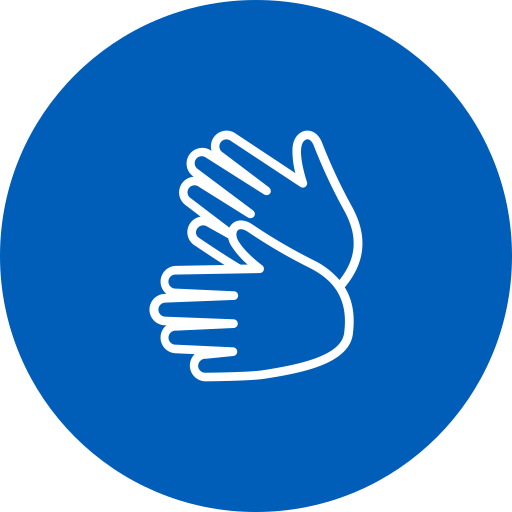Making our platforms accessible

Cambridgeshire Community Services (CCS) NHS Trust is a Public Sector Body and answerable to the Equality and Human Rights Commission (EHRC). It is responsible for making sure that we comply with the latest law related to public sector websites.
As an NHS organisation, we must make our websites accessible in accordance with the ‘Public Sector Bodies (Websites and Mobile Applications) (No. 2) Accessibility Regulations 2018.’
We are monitored by the Government Digital Service. The CCS Trust Website was recently audited.
Explore the topics in this page:
Web Content Accessibility Guidelines
There is an internationally accepted standard that we are monitored against called the Web Content Accessibility Guidelines (WCAG). There are 13 comprehensive guidelines and 17 success criteria to satisfy.
We are specifically required to meet the rating 'WCAG 2.1 AA'.
- The ‘2.1’ means it was latest version of the guidance published in 2018.
- The 'A’ stands for the level of accessibility, AA is an excellent balance between access and an interactive user experience.
We are allowed exemptions in the criteria. This tends be videos and documents, dated before 2018 where updating is a seen as a disproportional burden.
The basic requirements
A website must be able to:
- Change colours, contrast levels, and fonts.
- Zoom in up to 300% with text staying visible on the screen, and most images scaling without resolution loss.
- Navigate most of the website using a keyboard.
- Navigate most of the website using speech recognition software.
- Read most of the website using a screen reader, including the latest versions of JAWS, NVDA, and VoiceOver.
- Read most of the website on devices without a screen, like a braille computer.
We must also have an accessibility statement on the platform using a government template that explains our compliance.







